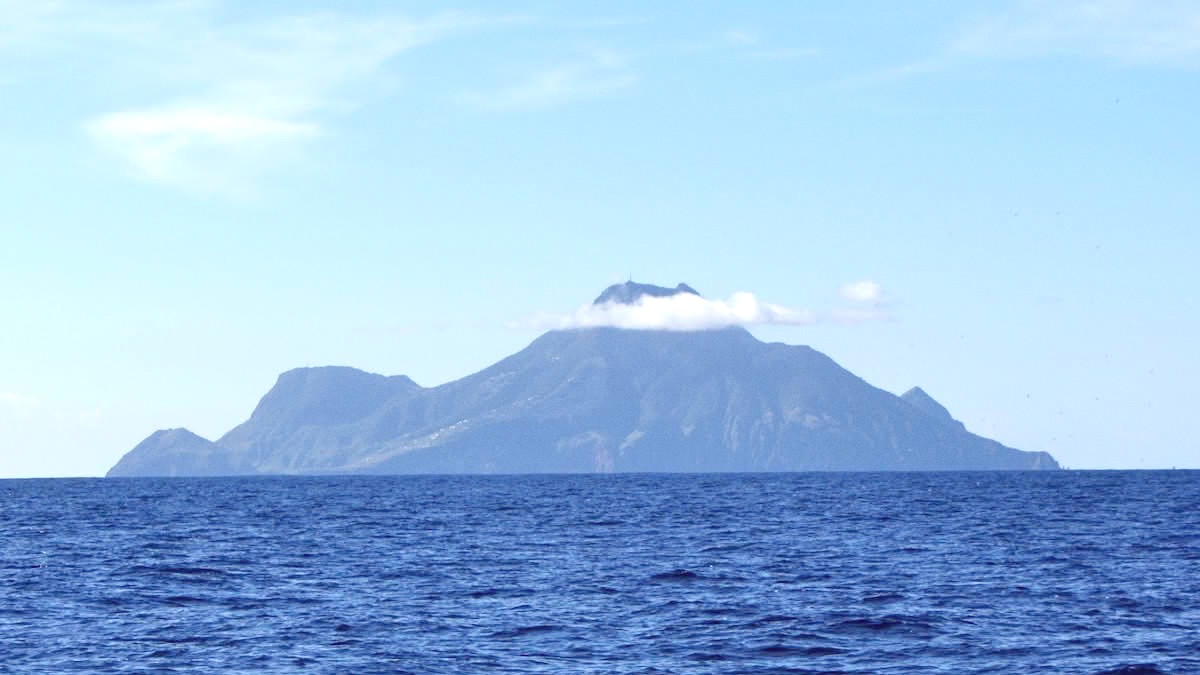
Fresh ingredients define Saba's cuisine. Expect to find fresh fish like mahi-mahi, wahoo, and snapper, often caught daily. Lobster is another popular delicacy.
Goat meat and chicken are common protein sources, often used in hearty stews or curries. Staples like rice, beans, plantains, and various root vegetables (dasheen, yam) accompany most meals. Local spices add a distinct Caribbean flair.
Given Saba's small size, no significant regional variations exist in its cuisine. Individual restaurants and local cooks have their own specialties.
Each chef brings a personal touch to the island's core flavors, making for varied experiences.
The island's cuisine maintains a consistent profile centered on fresh catches and traditional preparations.
Grilled fish is a highlight, especially mahi-mahi, wahoo, or snapper, often served with rice and peas or a creole sauce.
The freshness of the catch is a true culinary delight.
Often prepared as a hearty stew, known as goat stew, or curried. This flavorful meat is a local favorite.
A traditional and comforting island meal.
These fried dough breads are a Caribbean staple. They are often served at breakfast or as a side with other meals.
A versatile and delicious accompaniment to any meal.
Look for local desserts like coconut tarts and sweet potato pudding. These offer a sweet conclusion to your meal.
Saba has limited street food. Some local delis offer savory patties, rotis, or simple fried fish for quick, affordable flavors.
Queen's Gardens Restaurant (Windwardside) is an upscale dining option with a focus on fresh ingredients and international cuisine, often with a Caribbean flair. Reservations are recommended.
The Hideaway (Windwardside) is a popular choice for fresh seafood, burgers, and cocktails. Tropics Café (Juliana's Hotel) provides breakfast, lunch, and dinner.
Small local takeaways in The Bottom or Windwardside offer simple, affordable meals. Look for places like "Swinging Doors."
While local and Caribbean flavors dominate, some international influences can be found.
Mainly American and European dishes are available. Sushi and Italian options are limited but may be found at larger hotels or specialty restaurants.
Chefs sometimes craft dishes with global inspiration, even on a small island.
Seek out hotel restaurants for a broader range of international dishes.
Saba does not have dedicated food halls or large, bustling traditional markets for prepared food.
Groceries are available at the supermarkets mentioned, supporting self-catering.
Street food options are generally limited to small takeaways.
Small local markets might pop up for specific events or holidays.
Inform restaurant staff of any allergies or dietary restrictions you have. Due to the small size of the island's kitchens, cross-contamination risks might be higher.
Exercise caution and always double-check.
Communicate clearly with your accommodation and restaurants in advance of your visit. Bringing some essential snacks or ingredients is advisable.
This is specifically true if your dietary needs are very specific or severe.
Not widely available or formally organized due to the small scale of tourism.
Dining with a view is a hallmark of Saba. Many restaurants offer panoramic vistas of the Caribbean Sea and the island's dramatic landscape.
Agricultural activity is limited on Saba. It is not a common tourist experience due to the island's terrain.
No major food festivals occur regularly on the island.
Dining with a view is a hallmark of Saba. Many restaurants offer panoramic vistas of the Caribbean Sea.
Reservations are especially important for evening meals during the high season, given limited seating.
Plan ahead to secure your preferred dining times.
Local supermarkets can be a good resource for snacks and picnic items for hikes or day trips.
Experiment with local drinks like Saban Spice Rum and fresh fruit juices.
The island's intimate size means dining options are not as numerous or varied as larger islands. Focus on authentic Saban tastes.
Planning ahead, especially for specific dietary needs or group dining, makes your experience smooth.
Embrace the relaxed pace of dining on the island, where meals are social experiences.
Saba's small size means that while dining options exist, they are not as numerous or varied as larger islands. Planning ahead, especially for specific dietary needs or group dining, makes your experience smooth.